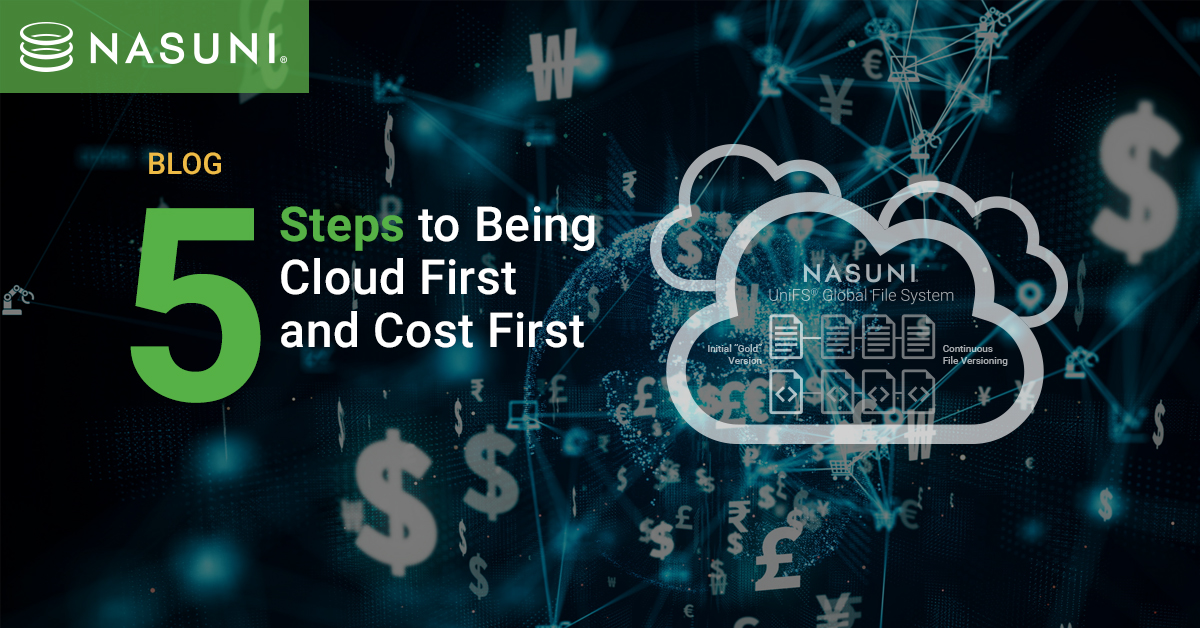5 Steps to Being Cloud First and Cost First
The economics of cloud are more complex than most companies expect. Here are 5 steps to being both cloud first and cost first.
August 20, 2020

The pandemic is forcing major change across industries and enterprises, including the rapid adoption of cloud technologies. Just yesterday this article showed that cloud spending is now bigger than Dell, HPE, Lenovo, Cisco COMBINED. Cost savings and operational simplicity have always been two of the biggest drivers for cloud adoption and now more than ever companies are doing whatever they can to pause or at least minimize spending. These two trends have brought a really interesting question to the forefront: Can enterprises be both cloud first and cost first?
The short answer is yes, but the economics of cloud are far more complex than most companies expect. Recently we convened an expert panel to explain the intricacies of cloud economics and detail what enterprises need to think about, from a cost standpoint, as they transition away from legacy infrastructure. The webinar, Cloud Economics in a Time of Crisis, features insights from David Totten, Microsoft, David Campbell, Goldman Sachs, and our own John Capello.
The discussion is packed with valuable insights, so I encourage you to watch for yourself. In the meantime, here are a few key takeaways:
- Think First, Act Second: The cloud has the potential to transform your business, so you need to think hard about what that’s going to look like. Whether you have 5 employees or 5,000, you can’t rush this transition.
- Start Hybrid: All three experts advised against thinking of the move to cloud as a lift-and-shift operation. The smart way to approach your cloud transition is to assume you’re going to retain some on-prem hardware, and then to think intelligently about what is going to the cloud first, and why.
- Analyze the Hard & Soft Costs: All three experts talk at length about the hard and soft costs involved with traditional infrastructure and cloud systems – including the many hidden costs. Understanding these costs on a deeper level is essential, and many of them are detailed in the webinar.
- Shift Employees from Cost Centers to Profit Centers: Why take highly skilled professionals and ask them to manage outdated hardware and backup systems? As one of the panel’s experts notes, that only leads to unhappiness and churn. The move to cloud, on the other hand, allows for a tighter connection between IT and the business, and that makes everyone happier and more productive. Would you rather dedicate a systems architect to an old server or have them focus on improving access to analytics, and getting business insights to your CFO?
- Invest in Cloud Competency: Cloud technologies are evolving rapidly, and your IT team needs to keep pace. Yes, budgets are tight, but you need to support them as they add to their knowledge and certifications, because these investments in competency are going to result in more agile, flexible infrastructure, and better returns for your business.
The webinar also includes some great discussions on cloud security, the common mistakes that lead to larger than expected cloud bills, and how cloud allows companies to adapt quickly to changing circumstances. Take some time to watch the webinar today and let us know if you have any questions.